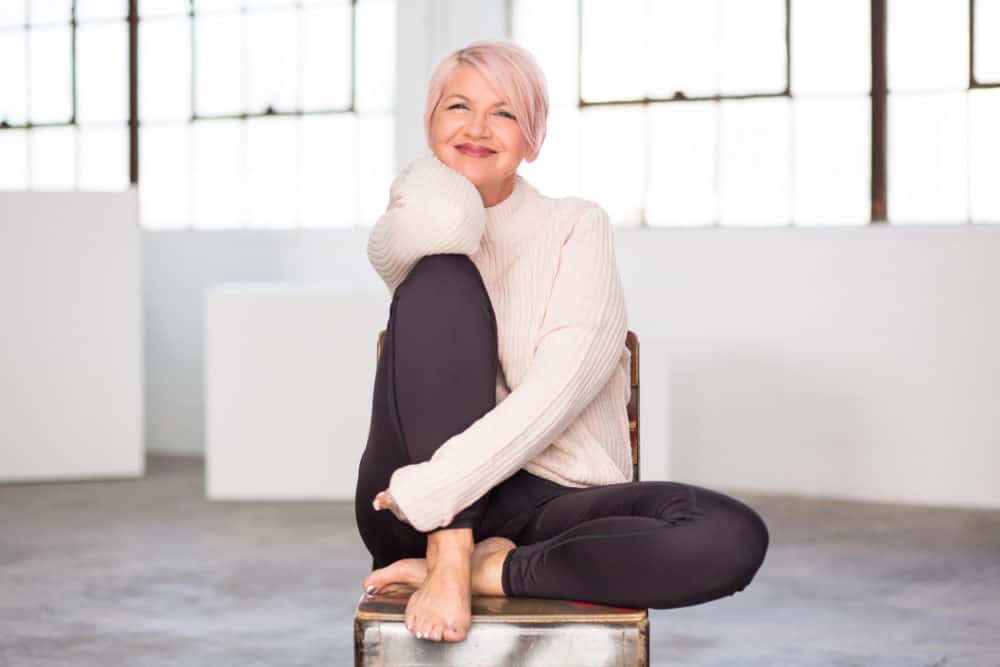
Circle Up, Sister: The Healing Power of Witnessing
I’ve been gathering with groups of women as long as I can remember. The first time I recognized it was when I was the president of our Women’s Coalition in high school. We were a group of young women from various social groups who would assemble in the home of our beloved advisor, Katherine Alcorn—a former Betty Crocker Homecoming Queen from a small town in rural America; she had since become liberated under the guidance of Gloria Steinem, Betty Friedan, and the second wave of feminism. We shared our personal experiences as women in the landscape of our suburban New York public high school society, discussed national and world politics, and inspired and challenged each other into social activism to contribute to the cause of empowering women and shifting gender balance wherever we could. It was the first taste I had of the what happens when we join together with intention, an act that I now refer to as circling up.
We gather in circle to hold each other in sacred space and purpose. We circle up to share our stories, to be seen, and to deepen our identities as individuals and as a group. Held by the safe container of sisterhood, it becomes possible to bring forth the most tender parts of ourselves, where our vulnerabilities may become strengths. It is by leaning into sisterhood that we are able to transform ourselves and our world.
A true sister knows how to shine a light on our brilliance, reflect our beauty, and celebrate our triumphs. It’s never as easy to recognize our own magnificence as it is through the eyes of each other, but the kind of witnessing that happens when we circle up is particularly powerful when we are hurting and wounded. Suffering is part of the human condition. Even the happiest, most well adjusted, successful of us at one time or another experiences pain and suffering. It’s undeniable. Show me a person who claims to have endured neither heartache nor headache, and I’ll show you someone whose pants are on fire. After all, the whole basis of Buddhism, as described in the Four Noble Truths, is that all life is suffering and the way to enlightenment is through the cessation of this suffering by walking the Eightfold Path.
When we are upset about something, we say we are “really in it,” as if we are submerged in the suffering itself. In that state, it is impossible to see clearly, as our rational powers of observation are disrupted; we are blinded by emotion. The most powerful—and perhaps, essential—way to navigate emotional suffering is to develop the ability to be simultaneously SUBJECTIVE and OBJECTIVE—to observe ourselves in this state without judgment. In other words, we can have our feelings, but we are not our feelings. The greater our ability to be our own witness, the more adept we become at acknowledging, recognizing, understanding, accepting, and releasing the pain.
Sounds good, right? But it’s often not so easy. The bigger the pain, the harder it is to separate ourselves from it. Have you ever felt so consumed by anger that your face burns? Or so overcome by sadness that you feel like your chest is dissolving into a puddle of tears? These moments in which we feel emotional pain—often as a result of physical pain—are by nature isolating. Not only do we lose the connection with our own internal witness, but with our external world, as well. Especially in a technology-enabled society where we share ourselves through the lens of a small glossy screen and 140-character summaries, we are often left wondering, “Am I the only one who has ever suffered in this way?”
We are comforted and healed when we are seen and validated. Whatever the specifics of our particular story, having the mirror of sisterhood and community held up to reflect truthfully what is, brings forth a reckoning, a reclamation, and ultimately, a reconciliation with our ability to hold our own context. In this way, we can say that borrowing the consciousness of our sisters helps us navigate the stormy weather.
Here are some ways to help a sister out by being a good witness:
1. Don’t Judge
Although it might feel like you are doing the right thing, avoid judging her experience as unfair or wrong—or anything else. Although she may legitimately not deserve to be suffering, on some level there are lessons in the process for her. What is most important is acknowledging her experience of the situation, not the situation itself. Instead of “That’s so unfair,” try “I can see that it feels unfair.”
2. Don’t Fix
We live in a very linear, rational, solution-based culture. We often forget the value in simply being in the experience of a situation. Witnessing has nothing to do with thinking or strategy, and everything to do with feeling. It’s a different part of the brain that is required. Rather than suggesting what to do with a situation, offer a way to be with it.
3. Don’t Speak
In my workshops for women, I often have them do some partner work. While one partner shares, the other listens. My instructions for the listening partner are even more specific than the ones for the speaker. The listening partner cannot say a single word. The only thing they are asked to communicate is “I love you,” over and over, and by using only their eye gaze. While it might be tempting to try to fill the space to alleviate discomfort, it is exactly the discomfort that needs to exist for the pain to be unearthed and expressed. Your compassionate silence creates the space for that healing.


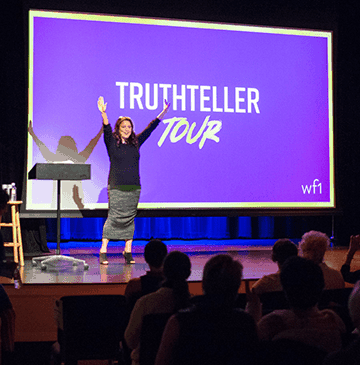
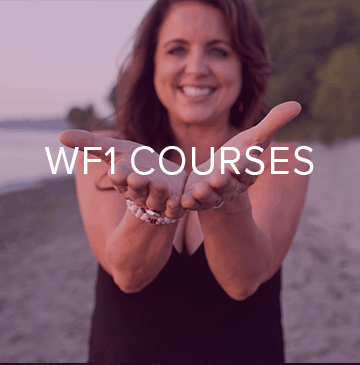
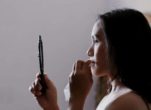




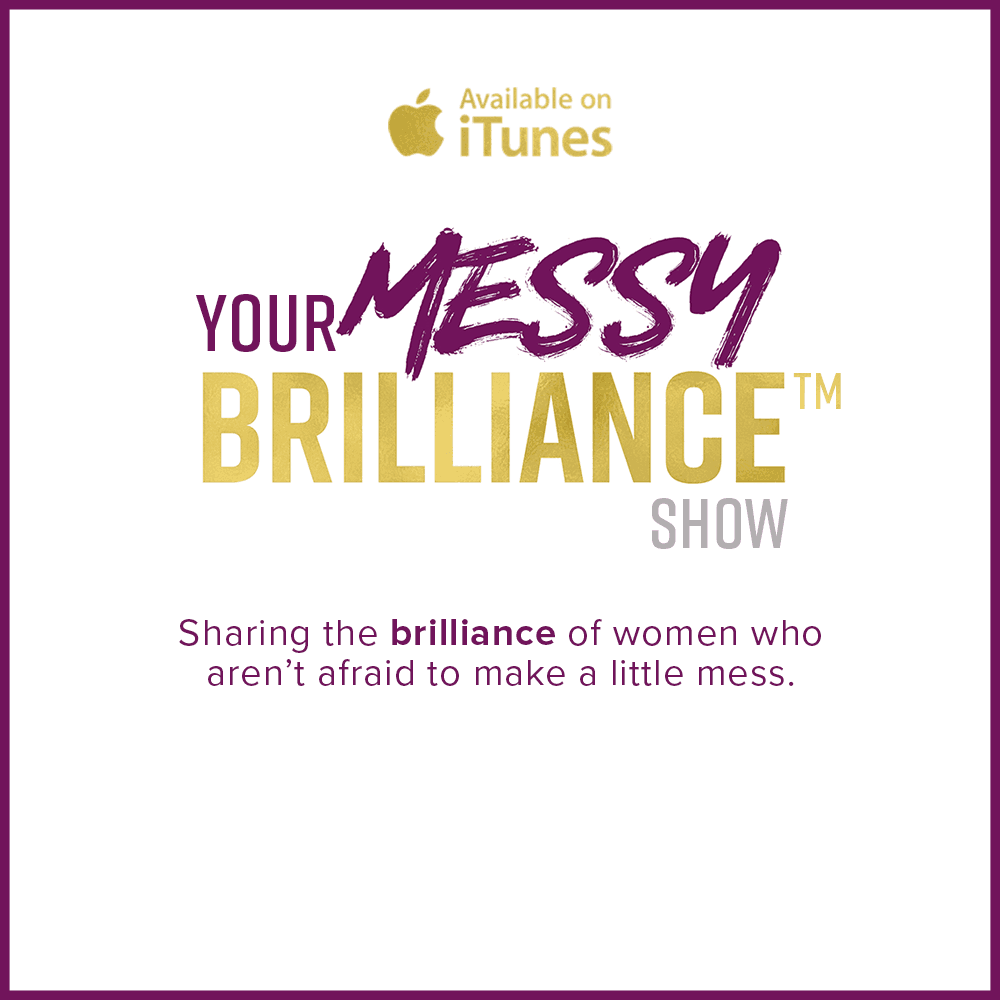

2 comments to "Circle Up, Sister: The Healing Power of Witnessing"